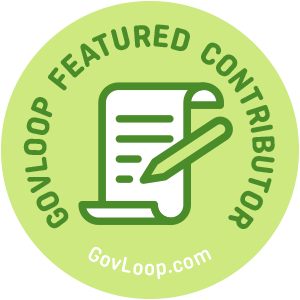

So, you’ve been tasked with writing a briefing memo on an issue for “Upstairs” or “The Front Office.” Keep these points in mind and your brief will shine.
Audience, audience, audience
Who is this memo ultimately for? Sometimes, this is hard to determine because it will go through many layers in your agency before it gets to its final reader and you may feel that you must write for all the audiences in between. Try to stay focused on the final/primary reader.
Don’t be afraid to ask those in the know how familiar the target final/primary reader is with the topic at hand and how that individual prefers to be briefed.
Less is more
Generally, less is more in a briefing memo. This is especially true if the final reader is a senior leader with responsibility for many areas. Years back, I used to be part of a program that taught young international think tank researchers how to write for policymakers. We used to tell them if it can’t be read in a taxi from Capitol Hill to National Airport (about 10 minutes for those not local to D.C.), it’s too long.
Don’t worry; senior leaders are generally not shy, and if they need more information they will circle back for it.
Don’t bury the lede
Tell the reader the punch line/summary/recommendations up front (in at most one page) and then back it up in subsequent paragraphs. This will also help you keep your writing focused and on-point if you stick to the main points you are trying to make.
Define all acronyms
While it may be deep in your organization’s culture to use excessive acronyms, you should always spell them out fully the first time they are used in your memo.
Use subject headings
All briefing memos should have clear subject headings so that the reader knows what is coming and can readily refer to the proper section of a memo later.
Be clear when there is doubt
If your background or research is missing key information, be clear about it. Share what you were not able to find in other reference materials.
Use footnotes
If there are important reference documents that have informed the briefing memo, don’t be afraid to include (sparingly) footnotes with a hyperlink to the source material.
Looking for more tips on writing your next briefing memo? Try these:
Joyce Warner is part of the GovLoop Featured Contributor program, where we feature articles by government voices from all across the country (and world!). To see more Featured Contributor posts, click here.

You must be logged in to post a comment.
Martin Nera October 9th, 2018All these themes of consideration (of the audience), less is more, and clarity translate beautifully from design. Defining your intent is so key when designing really anything, be it a brochure, a memo, or a book.
Stop Wasting Your Time Jumping to Conclusions
5 Things You Need to Know About Federal News From the Past Month